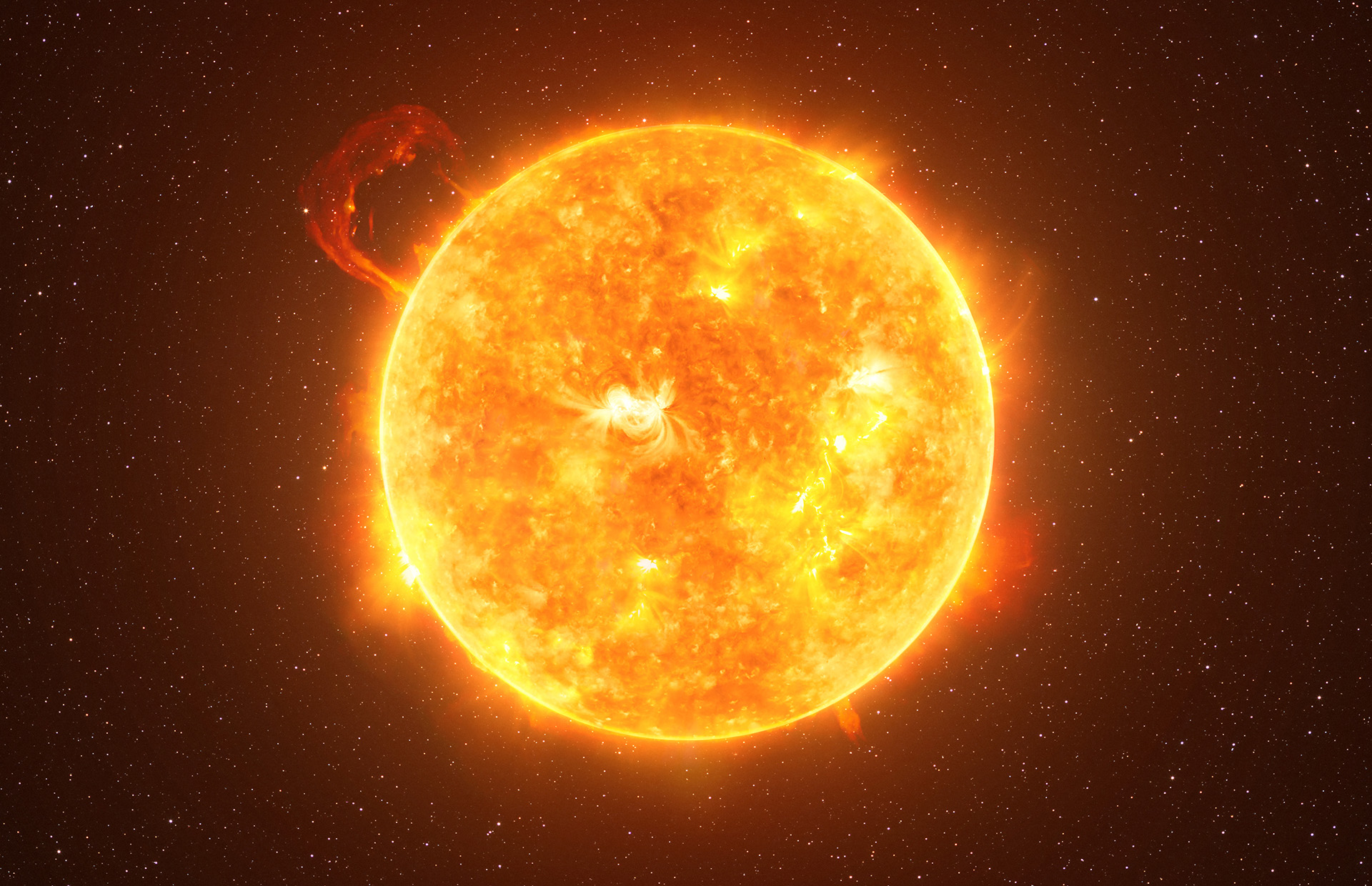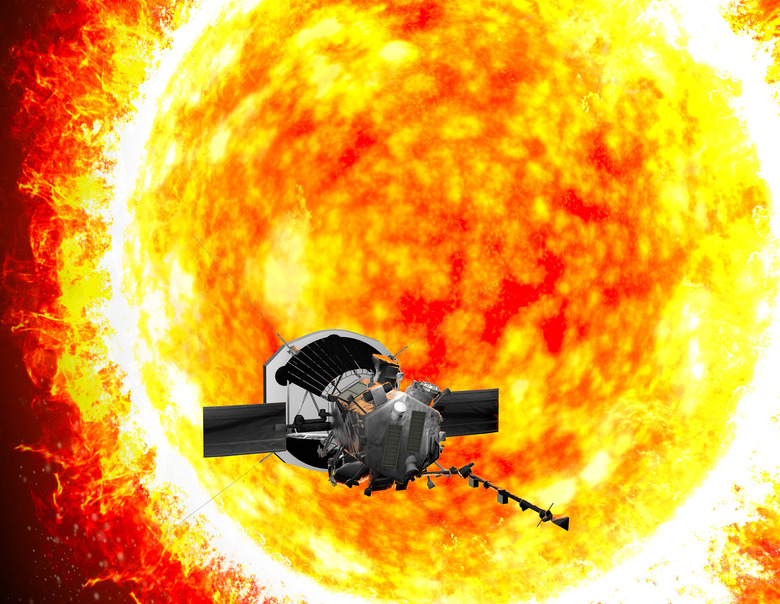NASA May Have Found One Of The Sources Of Solar Wind
NASA's mission to "touch" the sun with the Parker Solar Probe has uncovered something truly intriguing. According to a statement from the University of California – Berkeley, the Parker Solar Probe recently flew into a fast solar wind and found its mysterious source.
At the end of 2021, NASA's Parker Solar Probe "touched" the sun for the first time, traveling closer to our solar system's center than any spacecraft before it. Now, in yet another shocking first, the probe has followed solar winds to their source, learning that the blasts of wind are shooting out of the sun's surface like jets of water.
The winds shoot out of holes in the corona, the new research notes. These coronal holes are places where the magnetic field lines emerge from the sun's surface without looping back inward, as we often see in images of the sun. The holes are most often found at the poles of the sun during its quiet periods, the research also notes.

As such, the dangerous solar winds produced by them don't normally hit Earth. However, during the sun's peak period of activity every 11 years, those holes can move or appear all over the surface, unleashing solar winds in every direction. While they can generate beautiful auroras on Earth, they also can damage radio communications and pose a risk to spacecraft in orbit. As such, knowing the source of these solar winds is important to help predict solar storms.
Scientists may have already found a way to predict these solar flares, but now that we've also uncovered the source of solar winds, those kinds of predictions could be more accurate, thus giving humanity time to prepare for any blackouts posed by the approaching solar energy.
The full research on the discovery was published in the journal Nature on June 7. The Parker Solar Probe may even tell us more about these phenomena in the future, as the spacecraft will continue to study the sun from a vantage point that has been previously impossible to accomplish.
